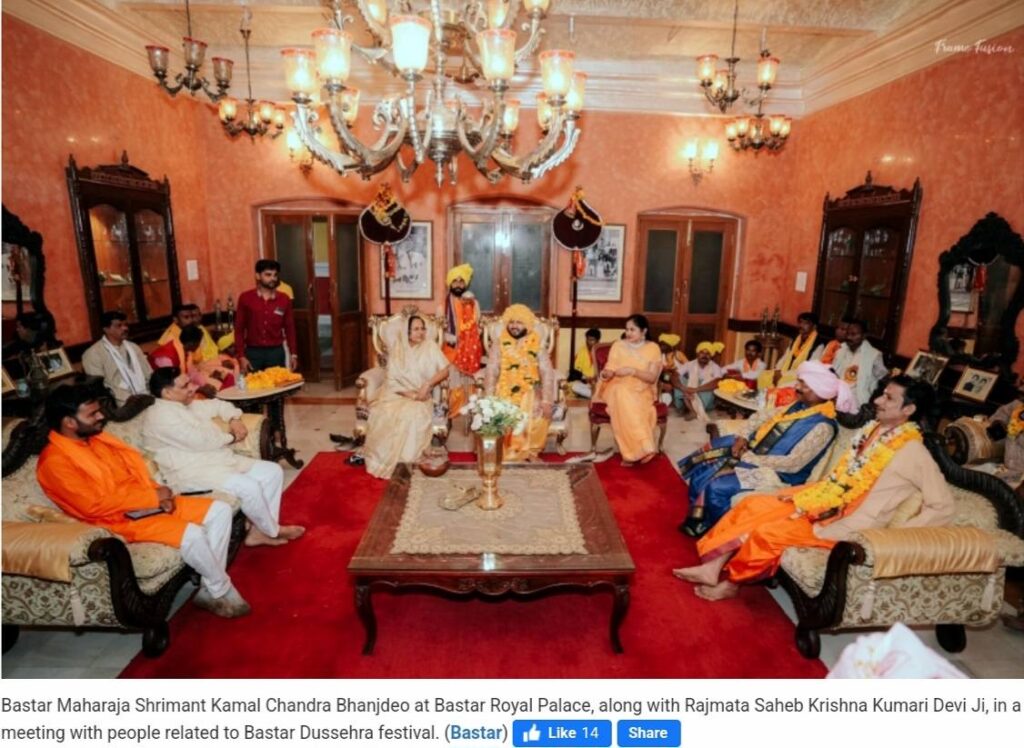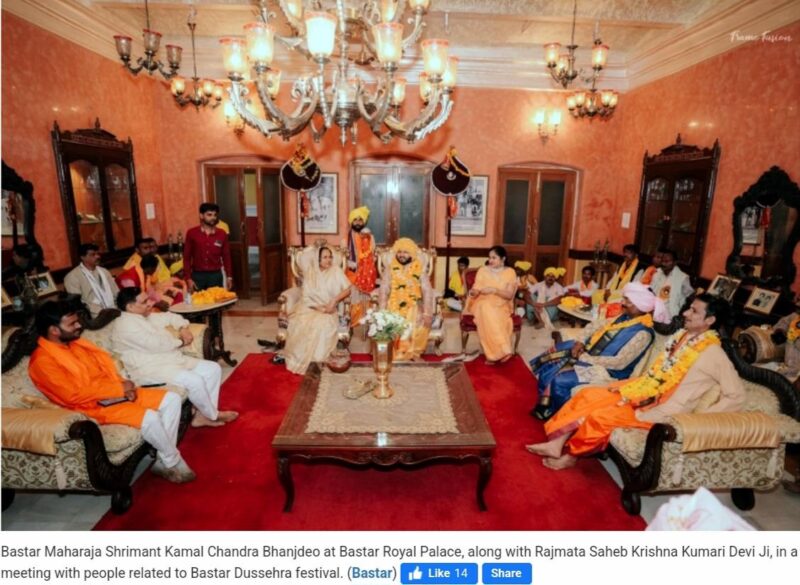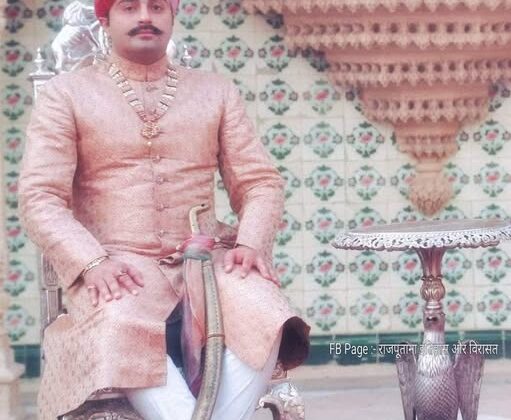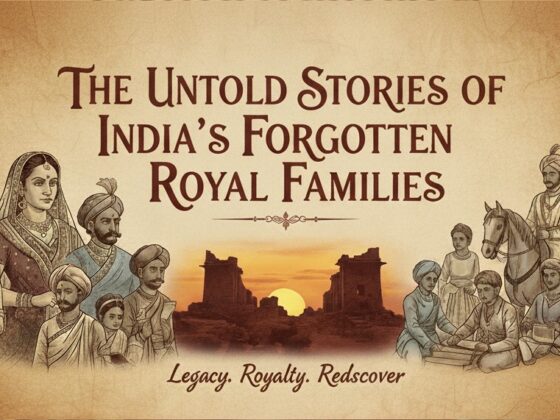Bastar State: A Historical and Cultural Legacy of Central India

Introduction
Bastar State, once a princely state in central India, holds a significant place in Indian history due to its unique tribal culture, historical legacy, and rich traditions. Situated in present-day Chhattisgarh, Bastar has maintained its distinct governance system, tribal customs, and deep connection with nature. This article explores the history, administration, cultural heritage, and the impact of Bastar State on modern Chhattisgarh.
Historical Background
Annam Deo, a Kakatiya dynasty ruler, founded Bastar State in the 14th century. The state flourished under various dynastic rulers who played a crucial role in resisting external invasions. The kingdom remained independent under British suzerainty until India gained independence in 1947, leading to its merger into the Indian Union.
The Kakatiya Connection
Bastar State traces its origins back to the Kakatiya dynasty, which ruled over parts of southern India. Annam Deo, a prince of the Kakatiya lineage, fled to the region after the fall of Warangal and established Bastar as a separate kingdom. His descendants shaped its cultural and political landscape over the centuries.
British Influence and Integration into India
During British rule, authorities recognized Bastar State as a princely state with internal autonomy. However, British economic policies and external interventions triggered several tribal uprisings, including the famous 1910 Bhumkal Rebellion against colonial exploitation. After India gained independence, Bastar joined Madhya Pradesh in 1948 and later became part of Chhattisgarh when the state formed in 2000.
Administrative Structure and Governance
The ruling dynasty directly controlled the administration while respecting tribal customs and traditions. The kingdom divided into several smaller regions, with local chieftains governing and maintaining law and order.
The administration also implemented a unique revenue system where the tribals paid taxes in kind rather than cash. This approach preserved the local economy and cultural practices, ensuring the region remained largely self-sufficient.
Cultural Heritage of Bastar
Bastar State boasts a vibrant tribal culture, festivals, art, and traditions. Various indigenous tribes, including the Gonds, Murias, and Halbas, continue to enrich its heritage.
Traditional Festivals and Rituals
- Bastar Dussehra: Unlike the mainstream Dussehra celebrations across India, Bastar Dussehra spans 75 days, honoring Goddess Danteshwari, the presiding deity of the region.
- Goncha Festival: This tribal festival features mock battles using fruit-based pellets, celebrating the region’s warrior spirit.
- Madai Festival: A cultural and religious gathering that showcases local traditions, dances, and folklore.
Art and Handicrafts
Bastar’s tribal artisans craft exquisite works, including:
- Dhokra Art: A traditional metal casting technique using the lost-wax method.
- Wood and Bamboo Crafts: Intricate carvings and sculptures reflecting tribal motifs.
- Tumba Art: Musical instruments and decorative items crafted from gourds and seeds.
The Natural Beauty of Bastar
Bastar features stunning landscapes, dense forests, and breathtaking waterfalls. Some of the most famous natural attractions include:
- Chitrakote Waterfall: Often called the “Niagara of India,” this majestic waterfall draws visitors from across the country.
- Tirathgarh Waterfall: A scenic spot known for its multi-tiered cascades.
- Kanger Valley National Park: A biodiversity hotspot home to unique flora and fauna, including the endangered Bastar Hill Myna.
Bastar in Modern India
Today, Bastar remains a vital part of Chhattisgarh, symbolizing rich tribal heritage and natural beauty. Despite modern influences, the region has preserved its traditions. Efforts continue to promote sustainable tourism and economic development while protecting the indigenous way of life.
The government and various organizations are empowering tribal communities through education, skill development, and cultural preservation. With a balanced approach to development and tradition, Bastar has the potential to emerge as a major cultural and eco-tourism hub.
Conclusion
Bastar State remains an integral part of India’s historical and cultural narrative. Its unique traditions, tribal heritage, and stunning landscapes make it a fascinating subject for history enthusiasts and travelers alike. As modernity blends with tradition, Bastar continues to inspire and showcase the resilience of indigenous cultures, standing as a testament to India’s diverse heritage.











